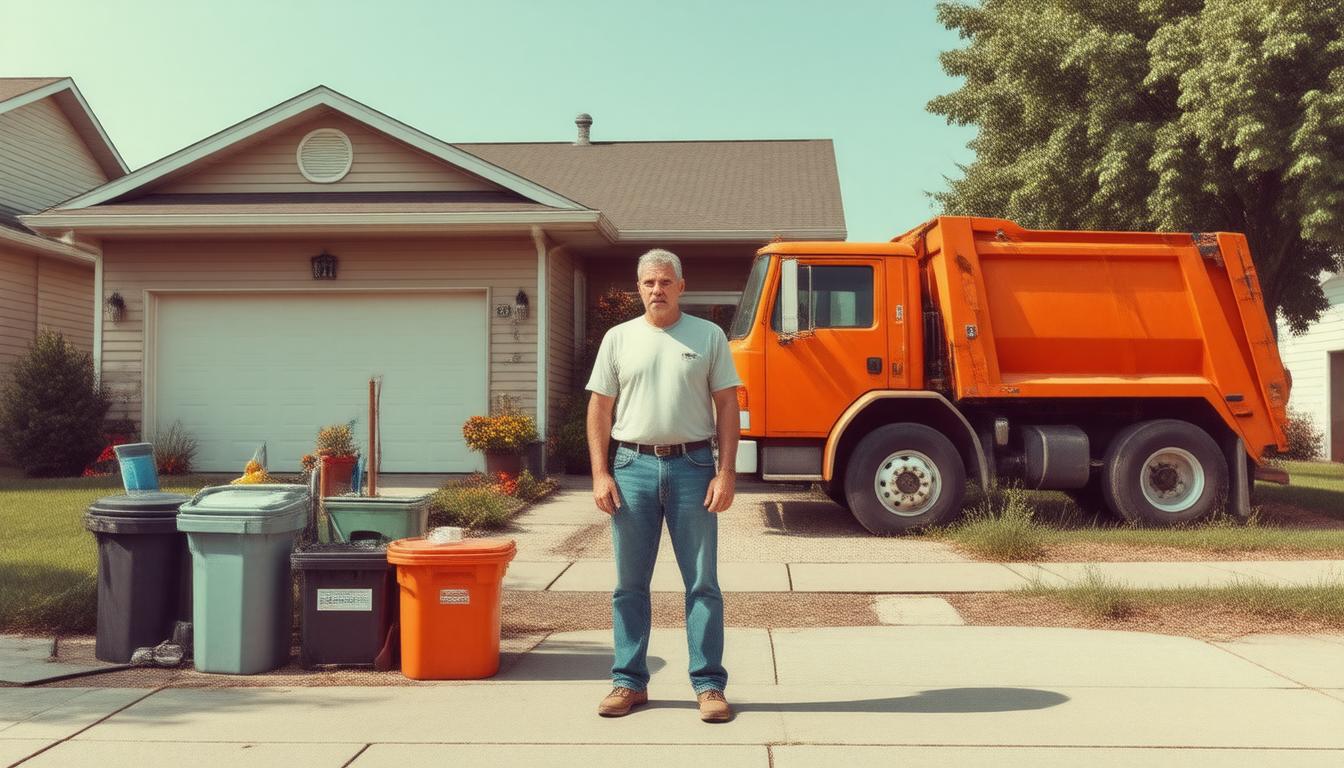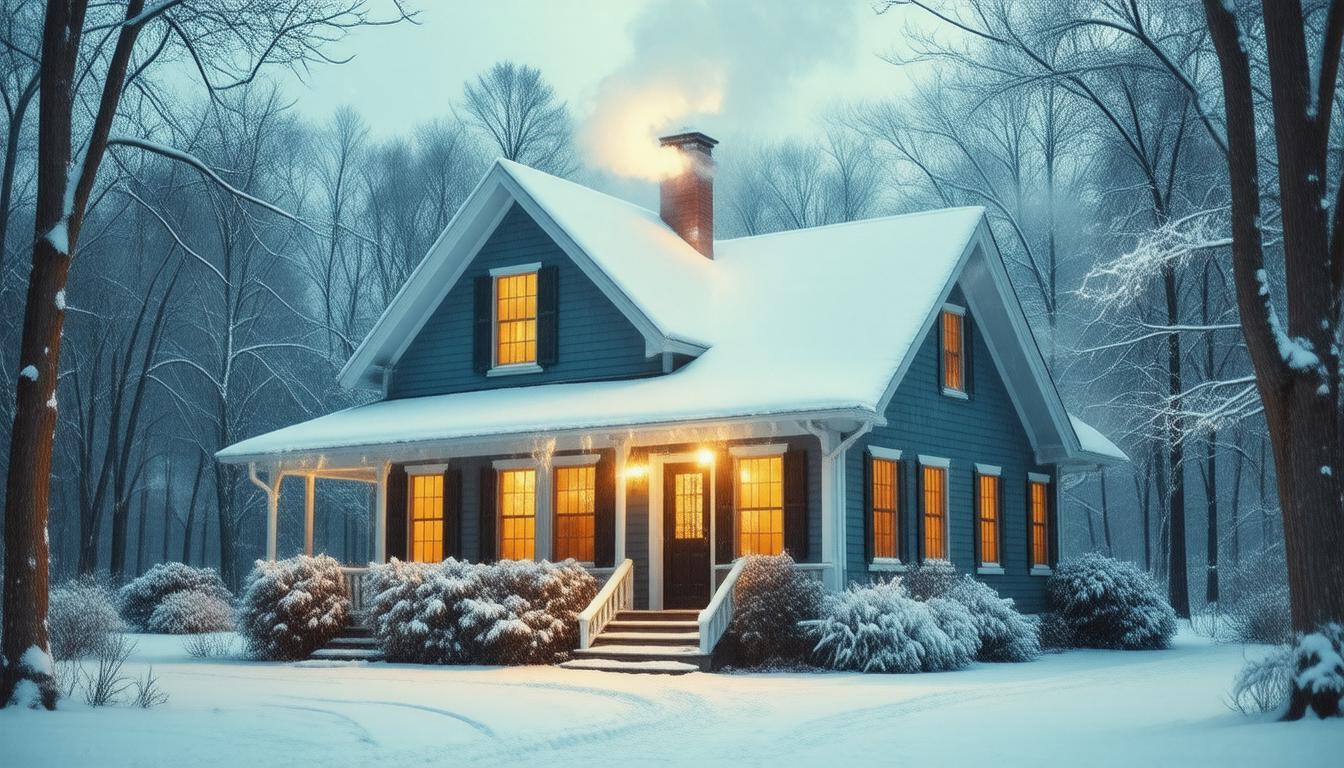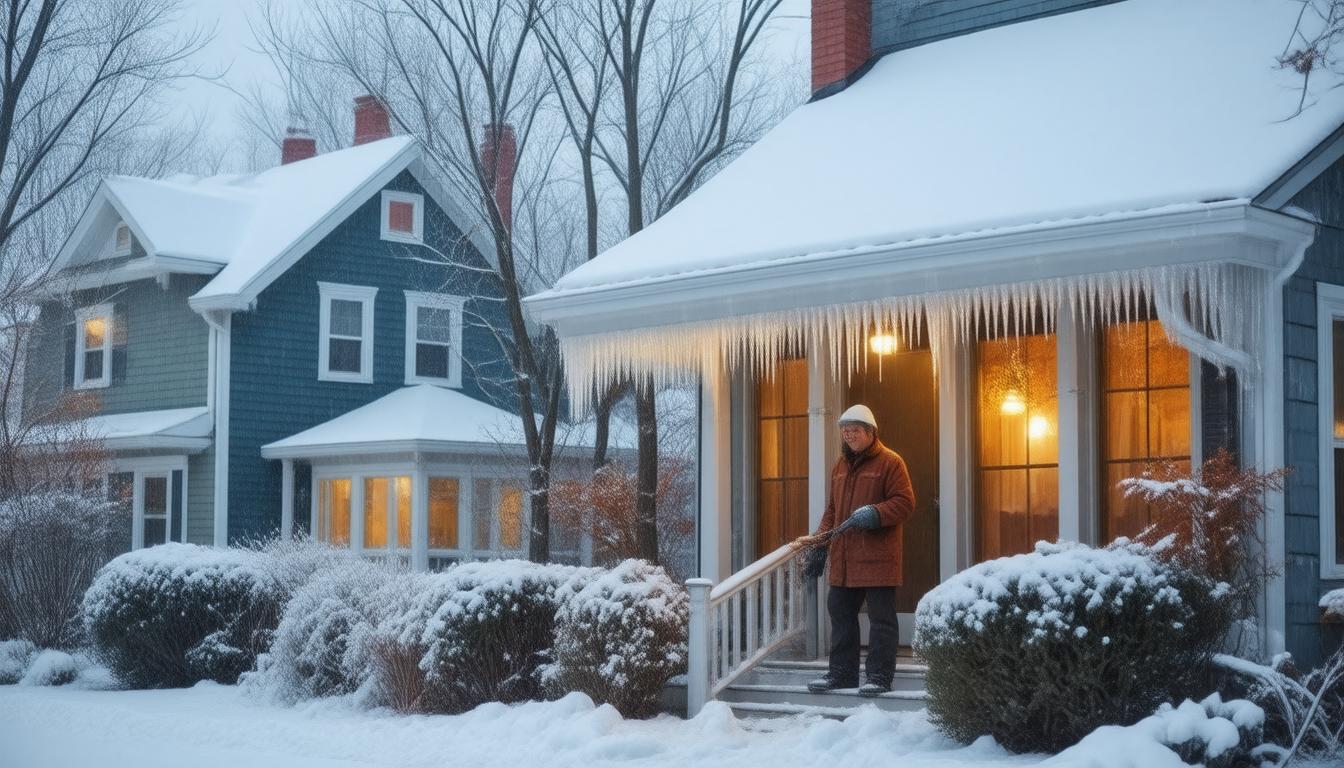
The condition of your shingle roof plays a pivotal role in protecting your home from the elements. Regular assessments of your roof’s condition can prevent minor issues from turning into costly repairs or even premature replacements. It is essential to understand that periodic checks can extend the lifespan of your roof, ensure it performs effectively, and maintain your home’s structural integrity.
Visual Inspection: The First StepBegin your shingle roof assessment with a visual inspection. This preliminary step can give you a good overview of your roof’s condition without requiring any special equipment. Look for signs of wear and damage, such as missing, cracked, or curling shingles. Pay special attention to areas around vents, chimneys, and skylights, where leaks often start. Additionally, assess the condition of the flashing, which is meant to seal and protect the most vulnerable parts of your roof.
Signs of Aging ShinglesOver time, shingles experience natural wear and may show signs of aging. You may notice that older shingles start to lose their granules, which typically appear as coarse, sandy deposits in gutters or at the base of downspouts. Bald spots on shingles where granules have worn away can expose the roofing material to further damage. Other signs of aging include brittleness and loss of flexibility, which make the shingles more susceptible to wind uplift and breakage.
Check for Moss and Algae GrowthMoss and algae growth on shingles can be more than just a cosmetic issue. These growths can retain moisture against the roof surface, potentially causing wood rot and deterioration of roofing materials. Moreover, moss can lift shingles up, which could lead to additional damage with blowing debris or in windy conditions. If you notice substantial moss or algae, it may be time to consult a professional for cleaning or treatment options.
Inspect the Roof StructureA thorough assessment goes beyond the shingles. It is critical to examine the overall structure of your roof. From the attic, you can check for signs of water infiltration, such as water stains, mold, or a musty smell. Look at the roof decking and rafters for any evidence of sagging or deformation. Both interior and exterior signs of structural issues may be indicators of significant problems that require immediate attention.
Gutter and Downspout MaintenanceGutters and downspouts play an important role in directing water away from your roof and home’s foundation. Ensure they are securely attached and free of debris. Clogged or damaged gutters can lead to water backing up under the shingles, potentially causing leaks and water damage to the roof’s structure. It’s advisable to clean your gutters at least twice a year and look for any signs of wear or damage during each roof assessment.
Professional InspectionsWhile a homeowner can perform many aspects of a shingle roof assessment, there are advantages to having a professional inspection done periodically. Roofing professionals have the expertise to identify less obvious issues, they can safely navigate the roof, and they can provide maintenance recommendations or repairs that may be beyond the scope of do-it-yourself work. Professionals typically use a more systematic approach to ensure that every part of the roof is thoroughly evaluated.
Concluding Your Roof AssessmentUpon completing your shingle roof assessment, compile a list of any issues you’ve found and prioritize them based on severity. If there are numerous concerns or if you are unsure of the extent of potential damage, it’s sensible to contact a roofing specialist for a more in-depth evaluation. Keeping a maintenance log and documenting any repairs or changes can be helpful for future assessments and will ensure that you stay ahead of any potential roofing problems.







